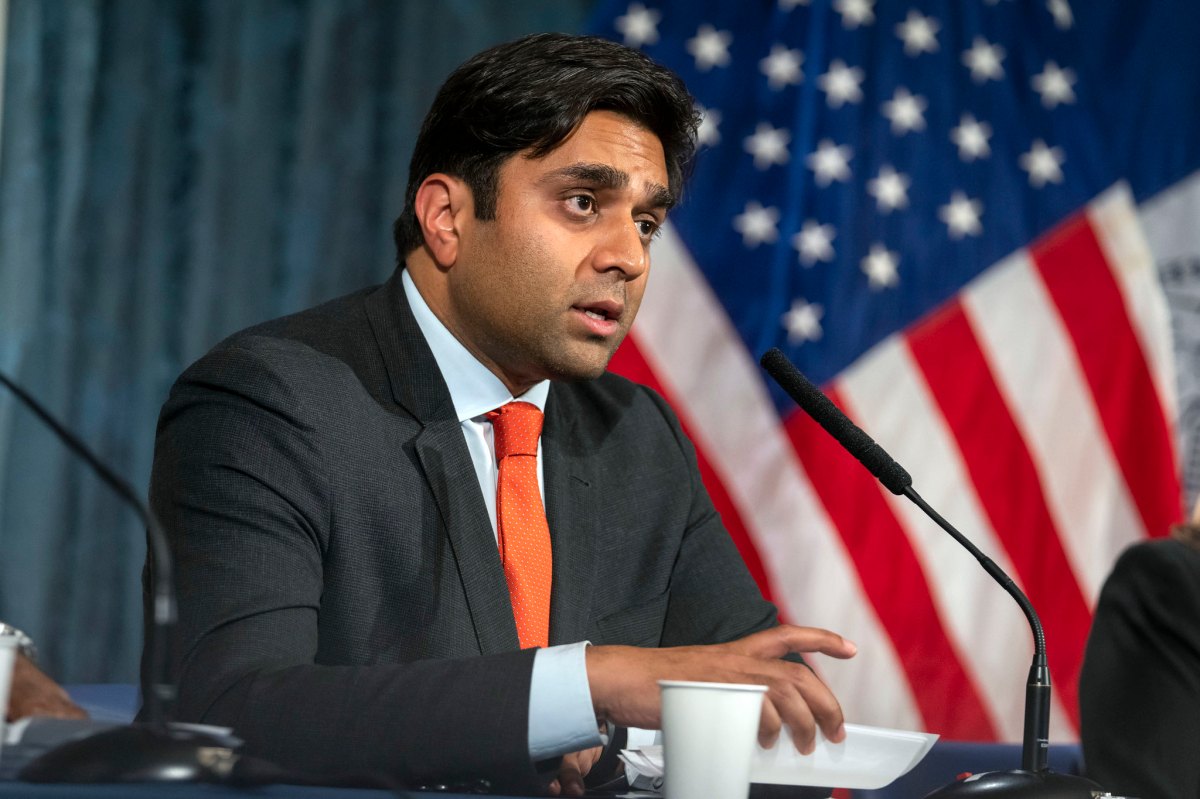
BY JACKSON CHEN | In approving its 2015-2019 capital plan, the Metropolitan Transportation Authority’s board has cut nearly $1 billion in funding from the long-delayed Second Avenue Subway project.
The cut, announced October 28, comes on the heels of the city’s promise earlier in the month to more than triple its original $657 million contribution to the capital plan. Even with that increase, the plan was still short $3 billion from last year’s projections.
The proposed $32 billion MTA capital program from September 2014 allotted $1.5 billion for the Second Avenue Subway’s second phase. Last week, however, the MTA board unanimously voted in a scaled-down $29 billion capital program that included only $535 million in funding for phase 2.
The $1 billion reduction left many local politicians up in arms because, for them, the light at the end of the tunnel is yet to be seen. In the wake of the criticism, by November 3 MTA chair Thomas F. Prendergast felt compelled to issue a statement assuring critics that the agency would move as quickly on Phase 2 as operational considerations would allow.
“New Yorkers have been promised a full-build Second Avenue Subway since the 1920s,” Congressmembers Carolyn Maloney, whose district covers Manhattan’s East Side, and Charles Rangel, whose district covers most of Upper Manhattan, said in a joint statement critical of the MTA. “Based on the current schedule, 100 years will have passed and we will still be waiting. This ‘go slow’ approach to the Second Avenue Subway is a huge mistake.”
For Assemblymember Robert Rodriguez, the $1 billion cut highlighted “economic injustice.” Rodriguez, whose district covers East Harlem and Randalls Island, said that his lower-income communities needed the subway access just as much as the constituents that will benefit from the first phase of the project.
The new subway line will eventually traverse 8.5 miles down the East Side from East Harlem to Lower Manhattan. Split into four phases, the first phase — expanding the Q line from 63rd Street to 96th Street by opening three new stations — is expected to be complete by December 2016. Phase 2 will extend the line north along Second Avenue and then link to the Lexington Avenue line’s 125 Street Station.
“For over a century, New Yorkers from the Lower East Side to Harlem have patiently waited for transit equality to become a reality,” Rodriguez said. “The MTA’s vote to drastically cut the Second Avenue Subway budget is shocking and indefensible.”
Rodriguez led the opposition to the Second Avenue Subway funding cut during a press event at 96th Street and Second Avenue on November 3. City Comptroller Scott Stringer, Borough President Gale Brewer, State Senators José M. Serrano and Liz Krueger, City Councilmembers Ben Kallos and Daniel Garodnick, and local civic groups joined his call for the MTA to remedy the funding cut.
In a November 3 letter to Prendergast, Maloney and Rangel noted that the Lexington Avenue Subway line is the nation’s most crowded transit route and that the median income in the East Harlem neighborhood waiting on the extension is less than $34,000 –– and as low as $15,625 near 125th Street. “The Second Avenue Subway will make a huge difference in their lives,” the two wrote.
Citing “repeated incidents of funding allocated and withdrawn, plans made and cancelled, ground-breakings celebrated and construction halted,” Maloney and Rangel continued, “We hope that this substantial funding cut does not signal the MTA’s lack of commitment to building phase 2 of the project,” before spelling out 15 questions they would like the agency to answer in terms of the project’s future progress.
As it now stands, the troubled second phase is expected to be pushed into MTA’s 2020-2024 capital plan, according to the transit agency’s spokesperson, Adam Lisberg.
He explained that the major challenge for the second phase was not financial but rather getting a tunnel-boring machine in place.
“We took a hard look at what we can accomplish in the last four years [of the capital plan],” Lisberg said. “Can we really get a tunnel-boring machine in place and chewing rock by 2019? The answer is no, probably not.”
Without the ability to secure and place the massive machine to carve out the tunnels by 2019, Lisberg explained, there was no reason to keep the money in the second phase funding. The money could instead be programmed for budget items ready to go.
Lisberg insisted that the $535 million in the budget is a “full-speed ahead commitment” on the second phase. He added that over the next four years, the MTA would be working on a draft environmental statement, relocating utilities, and other design work.
“The MTA is committed to bringing the Second Avenue Subway,” Lisberg said. “By the end of 2019, the people of East Harlem are going to see signs of this thing coming together… it just won’t be tunnel boring.”
In an ideal world, he added, the MTA wouldn’t have lost the last year in a funding battle over the amount the city would contribute to the capital plan.
Prendergast’s release this week echoed the comments Lisberg had earlier made to Manhattan Express. He explained that the $535 million reflects the work the agency can realistically accomplish in the next four years, but he also hinted there may be possibilities for change.
“We have committed that if we can speed up the schedule to begin tunneling the East Harlem phase sooner, we will pursue a Capital Program amendment to do so,” he said.
But commuter advocacy organizations, like the Riders Alliance, predict that if the second phase gets pushed to the next five-year capital program, the MTA would face the same problems again in five years.
“In 2020, we’re going to have the exact same fight to get the capital fund funded,” said Nick Sifuentes, deputy director of the Riders Alliance. “Why do they want this to be subjected to another nightmare round to get the billions of dollars they need?”





































